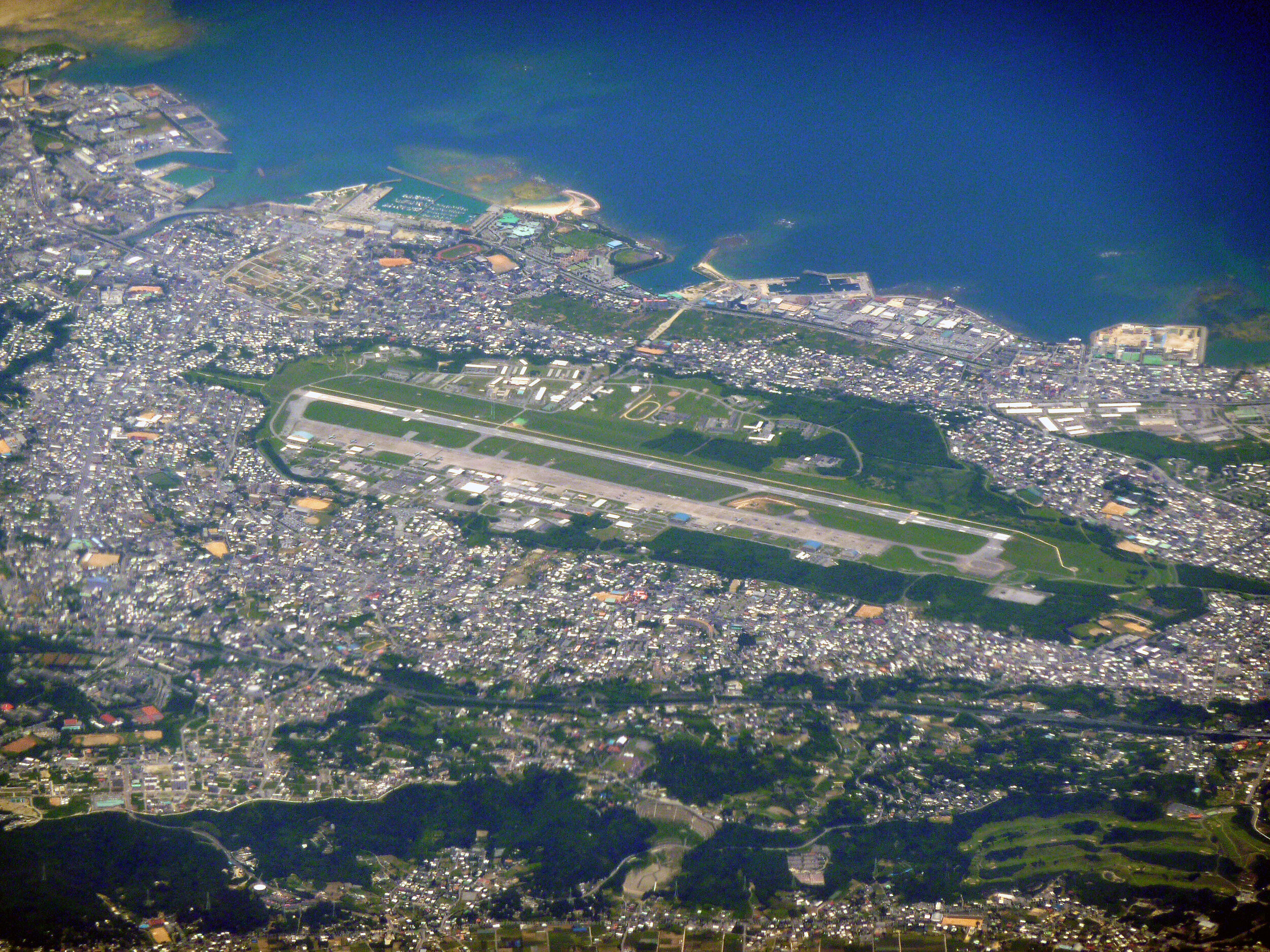Shrine of Valor
Members of the 16th Division of the Imperial Japanese Army stationed in Kyoto were sent out across the Asia-Pacific, linking various sites across the city to Japan's military past. This past and the associated sites, however, are conspicuously absent from
The Politics of Pacific War Memorialization in Thailand's Victory Monument and Philippines' Shrine of Valor - John Lee Candelaria
Victory Monument
Thailand's Victory Monument approaches memorialisation of Thai war heroes in an outwardly subdued way, apparently criticising the state's past actions through ambiguity and restraint.
The Politics of Pacific War Memorialization in Thailand's Victory Monument and Philippines' Shrine of Valor - John Lee Candelaria
Puppet Emperor Palace Museum
Emergence of Contestation: 1984
The Puppet Emperor Palace, dedicated to China's emperor Puyi, is at present designed to serve as a "site of memory" for the emperor's life journey from the throne to becoming an ordinary citizen of the newly formed Chinese state, as well as a symbol of China's successfull wartime struggle against the Japanese rule (specifically Japan's puppet government in Manchukuo). However, the site itself did not serve as the stage for most of Puyi's conversion, nor did it figure prominently in the Chinese resistance, which seemingly somewhat undermines its claim to the "site of memory" title. A consideration of the actual history of active Japanese governance associated with the site (as opposed to the "victim narrative" carefully constructed by the CCP) could restore this title to the museum, but would require a departure from the official Party narrative aimed at centering national legitimacy.
Beyond a "Site of Memory": The Puppet Emperor Palace Museum - Emily Matson
Hengchun
Emergence of Contestation: 1940s
Hengchun in Taiwan can function as a case study of the degree to which (formerly) colonial spaces continue to shape people's relationships to their colonial past and their own identitities even in the post-colonial period, through their spatial design intertwined with colonial education which generate lasting control systems impacting both body and mind.
Tracing the inveterate (post-)colonial controls: Queen's Pier in Hong Kong and the 'Cape No. 7' in Hengchun, Taiwan - Liza Wing Man Kam
Futenma Airbase
Emergence of Contestation: 2015
The relocation of the Futenma airbase to Henoko in Naga is accompanied by a spectrum of reactions which cannot easily be covered by the duality of simply being "for" or "against" the move. In the case of Komeito politicians, there exists a marked split in the positions of the party's local representatives ("against"), and the national representatives (reluctant support), which demonstrates that the common perceptions of left-wing and right-wing politics fail to cover the complexity of the socio-economic and political reality, as well as the intricate dynamics of local, national, and international issues.
Negotiating Historical Memory in an Era of Purity Politics - Anne Mette Fisker-Nielsen
DMZ
Emergence of Contestation: 1945, 1950
The DMZ between North and South Korea is being reconceptualised as a potential site for a future peace park. This is in line with a new foreign policy agenda for the inter-Korea summit meetings, focused on fostering peace. The United Nations is a crucial actor in this process, as it originally was in the process of creating the DMZ itself. Both the DMZ and the UN Command in charge of the DMZ are undergoing a transformation from the Cold War era, changing course towards a reconciliation, as opposed to merely containment.
The Demilitarized Zone in Korea: Past, Present, and Future - Hyein Kim












